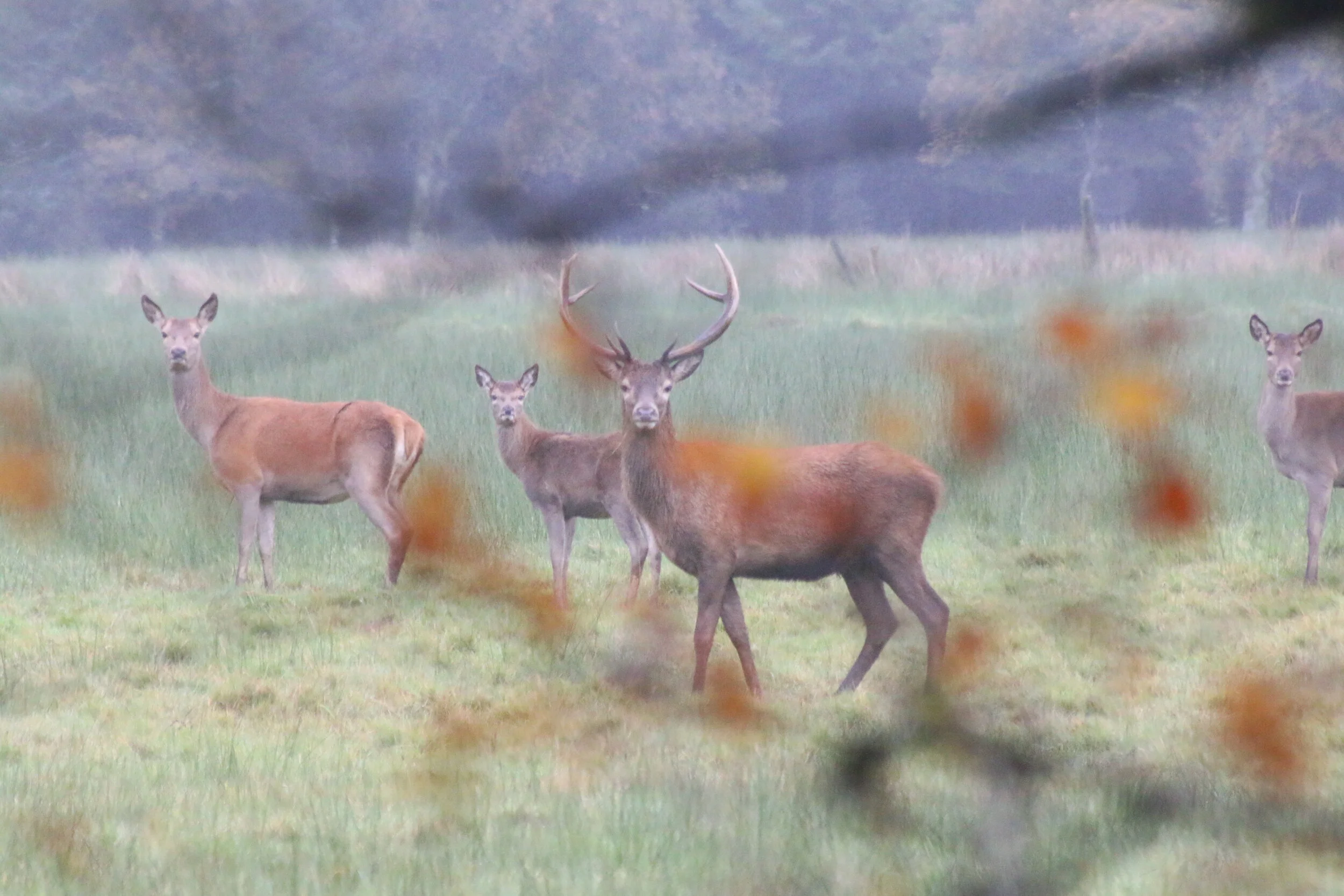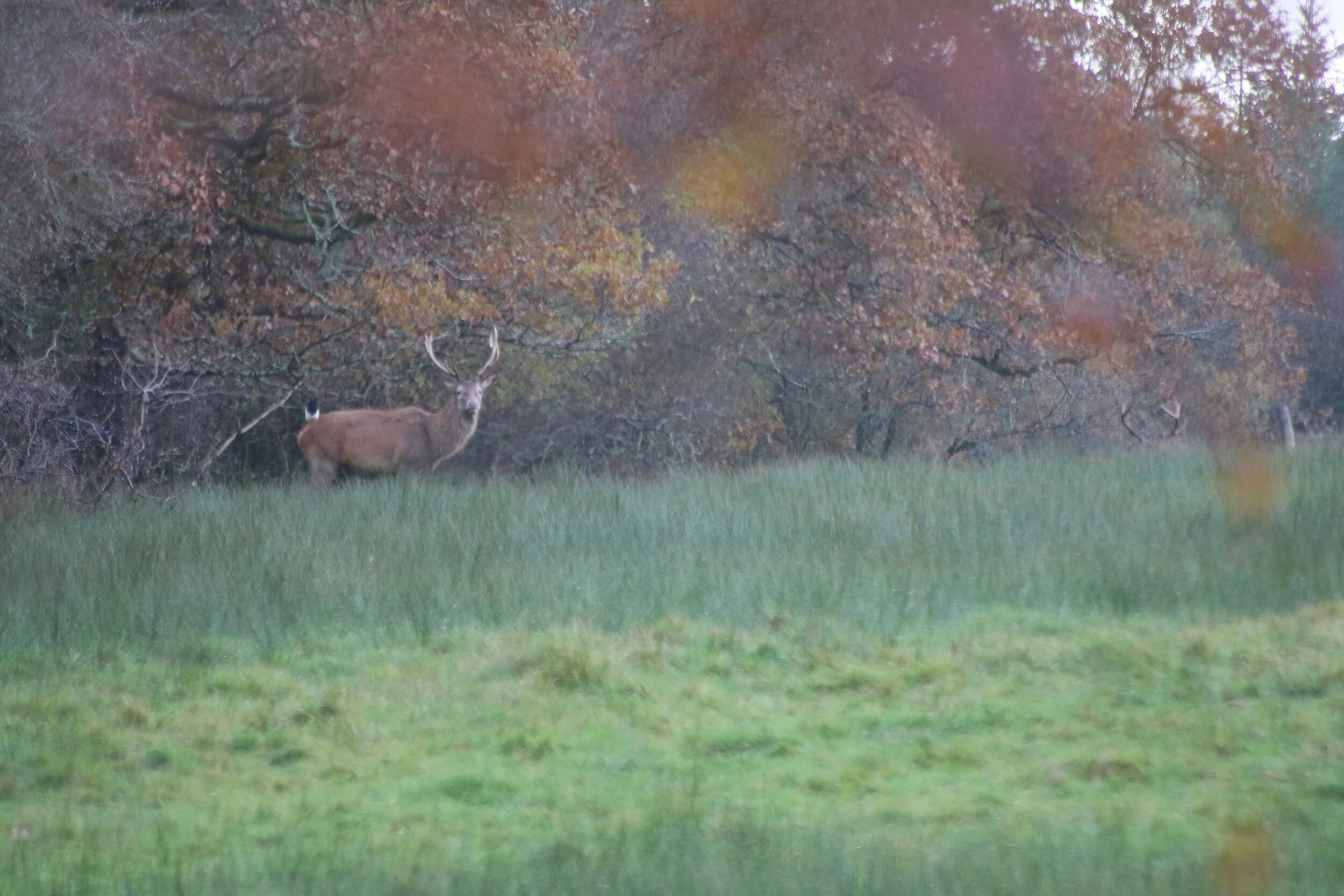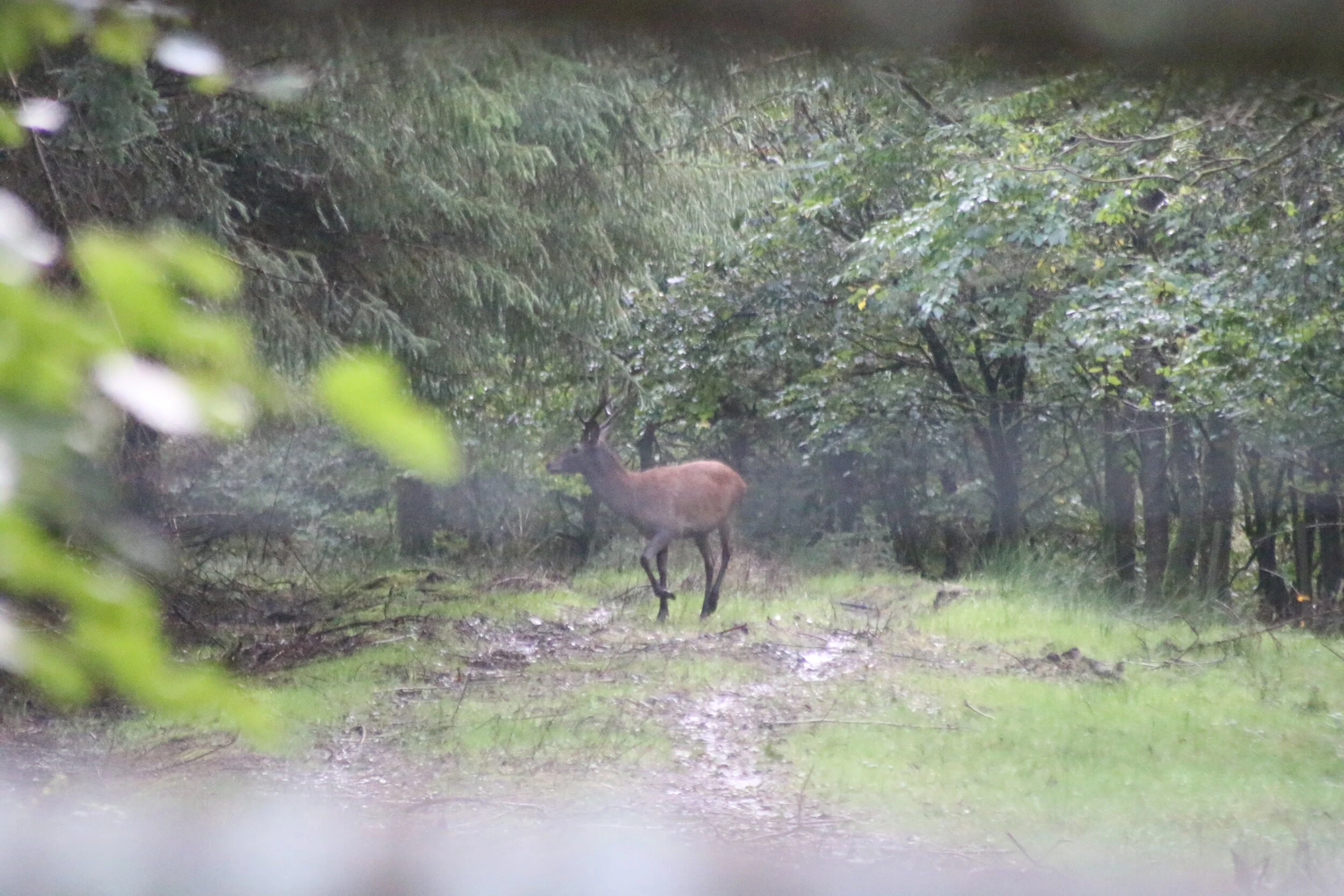Grass Cutting for Silage Mortality
As the spring season moves on, the time of year is fast approaching when farmers will be looking to take the first cut of grass of the fields. Depending on the weather, this can coincide with the birth of young deer, in-particularly Roe deer.
The modern machinery used for these operations is often very large and fast which can lead operators to being at a disadvantage when spotting well camouflaged young deer, whose predisposition is to not move when they sense a threat.
Research on understanding the full extant of the impact of deer numbers is relatively limited, although European researchers estimate approx. 25 -44% or the yearly recruitment of Roe deer are killed by mowing (see research paper below).
There are various solutions which have some success, however it is appreciated they come with time and, sometimes, cost implications.
Some links to research papers on the findings and solutions to reducing the mortality rate can be found below.
We are happy to help, for free, with any advice or controlled sensitive field checks for any one who is interested, as this forms a very important part of conservation of the native deer species and there management.
Research Webpages;
www.cic-wildlife.org/wp-content/uploads/2013/04/Mowing_guide_EN.pdf
Red Deer Trail Camera Clips
As part of management techniques we use trail cameras to monitor the deer and other wildlife in the area. The clips in this blog are from a small area of woodland where the Red deer have recently been allowed to return following the opening or deer gates and establishment of crossings. The clips where taken in early February and considering the wet winter they all look in good condition.
Red Stag
During the early autumn months, I have been looking at the level of Red Deer activity in the area as the rut commenced and concluded. A different year to last with the popular area from last year, which held several Stags and multiple Hinds, having no activity.
Another area did show some activity and the Stag in the photos below did hold this area for approximately 3 weeks. I only ever saw one another Stag with him. As you can see in the photos, whilst he is in good condition, he is not a particularly old Stag ( approx. 4-5 years old). With a large number of Hinds in the area, the low number of mature Stags is something which could do with more work to understand if the population dynamic for the Reds in the area is balanced and healthy.
Young Stag out with Hinds and calves middle of October.
A Stag with the photo taken in early Nov. If you look on the right hand side the antlers of a larger Stag are visible.
A Red Stag from October nearby to the one above.
Roe Deer Chasing
One of the benefits of putting in a crossing point is that it becomes a focal point to monitor deer activity in the area. The clip below shows a more dominant Roe Buck chasing a younger individual out of his area. As the rut approaches ( around July) and the testosterone levels increase, so does the level of aggression. Gathering this level of information really helps develop the deer management plan and ensure decisions are based on as much information as possible.
Silage and Harvesting - Service for Farmers/Landowners
With grass cutting season in full swing, and young fawns and calves hiding out in the long grass, large machinery can have a devastating impact, killing any young animals not quick enough to get out of the way. I offer a free service to any landowners, where I will walk and check fields prior to cutting. Please give me a call if I can help.
Deer Crossing
A client has an established mixed woodland, which is was originally deer fenced 20 years ago. The original fencing dimensions (pig wire size) where not sufficient to prevent the Roe Deer entering, and they had been observed on one occasion jumping through the small gaps. The Red Deer had been prevented from entering until this winter (2018), when as result of rotting posts, sign was found of one Red Deer (yearling) being inside the fenced area. This was a solitary animal and clearly wanted to get back to the herd from the tracks and sign.
The owner had wanted to remove the fence as the woodland was now established and the impact of any deer could be managed by stalking. This met the with the objectives of the Woodland Management Plan. The owner was keen to have both the Red and Roe on the property from a personal desire as well. The cost of removing the fence was prohibitive though and so this was not an option.
To overcome the immediate issue of the solitary animal, the deer gates where opened and the Red Deer moved in numbers with an acceptable impact on the habitat. Over the course of the next few months, it became clear that the Red Deer had found an alternative way into the woodland and where squeezing through the wire. To prevent this causing possible injuries, we decided to turn this into a deer crossing and to save on costs, recycled fencing materials and hazel wands were used.
The idea behind this is being that if the Red and Roe have a greater freedom of movement through the woodland and neighbouring areas, it will help reduce the impact and thus reduce stalking/culling requirement as the burden of the population will be spread over a greater area.
The video below shows a montage of trail camera clips taken from the first few days of having the crossing in place. An added bonus is that it will also allow us to keep an eye on the health and wellbeing of the deer using the crossing and focus any culls on deer of poor standard.
For information on fencing the Forestry Commission offer a good resource which can be found by following this hyperlink; https://www.forestresearch.gov.uk/research/forest-fencing/
Roe Buck trail camera footage
This Roe Buck is regular visitor to my own small piece of woodland. Looking at the times he visits he is a very early riser and must have a circular route as he tends to only be seen going in this direction.
Research Papers
Having spent considerable time researching the science and facts behind deer management, I thought I would share some of those papers and research.
The Health of the Wild Red Deer of Exmoor and an Assessment of their role in the Transmission of Disease to Livestock and Humans.
An interesting blog post by Charlie Pye-Smith on why good management matters.
The Impact of Deer on Woodland Biodiversity. A Forestry Commission paper by R. Gill
The impact of deer on lowland woodland invertebrates by A.J.A Stewart
Ecological impacts of increasing numbers of deer in British Woodland by R.J Fuller and R.M.A Gill.
The ranging behaviour, habitat-use and impact of Deer in Oak woods and Heather Moors of Exmoor and the Quantock Hills by Dr. Jochen Langbein
Colonization of the Scottish islands via long-distance Neolithic transport of Red Deer by Stanton, Mulville and Bruford.
Breeding and post-breeding responses of woodland birds to modification of habitat structure by deer. By Holt, Fuller and Dolman
This is the first few, I’ll post more references from my archives and will include some of the books I have read on the subject as well.
Spring Habitat Impact Assessments
We’ve been busy over the last few weeks compiling the Habitat Impact Assessments. We use various techniques depending on the foresters requirement. The Deer Initiative Habitat Impact Assessment gives us a good understanding of the activity and impact in established and mixed woodland and can be tailored toward the requirements of the Woodland Management Plan. The Nearest Neighbour technique gives us a percentage level of damage against certain criteria which is very useful for the forester to gauge the impact on young commercial tree crops. The photos below are examples of ones we include in our written reports.











